The Nieuwendam near Assendelft
On the border of the municipalities of Uitgeest and Assendelft, a short dike rises in the polder landscape, the Nieuwendam. The municipal boundary runs along what used to be the Kromme IJ and across the dam erected in 1357 that closed off this estuary at the time.
The Kromme or curving IJ was an offshoot of the IJ that snaked through North Holland as far as Beverwijk. The IJ was an arm of the Zuiderzee. The Kromme IJ emptied into the Lange or Alkmaarder Lake. The villages of Krommenie and Krommeniedijk derive their names from it. It was an important fishing water and also part of the shipping route between Alkmaar and Haarlem. However, as an open connection between the seawater of the IJ and the lakes in the Noorderkwartier , it also posed a danger during storms.

Count William V of Holland (1330-1389) therefore gave permission in 1357 to close off the Kromme IJ with a dam between the dikes around Uitgeest and Assendelft. However, a stretch of about five meters had to remain open for shipping and fishing. A lock was allowed to be built there. The dam in the Kromme IJ came to be known as the new dam, or Nieuwendam - not to be confused with the village of Nieuwendam and another, later Nieuwendam near Monnickendam.
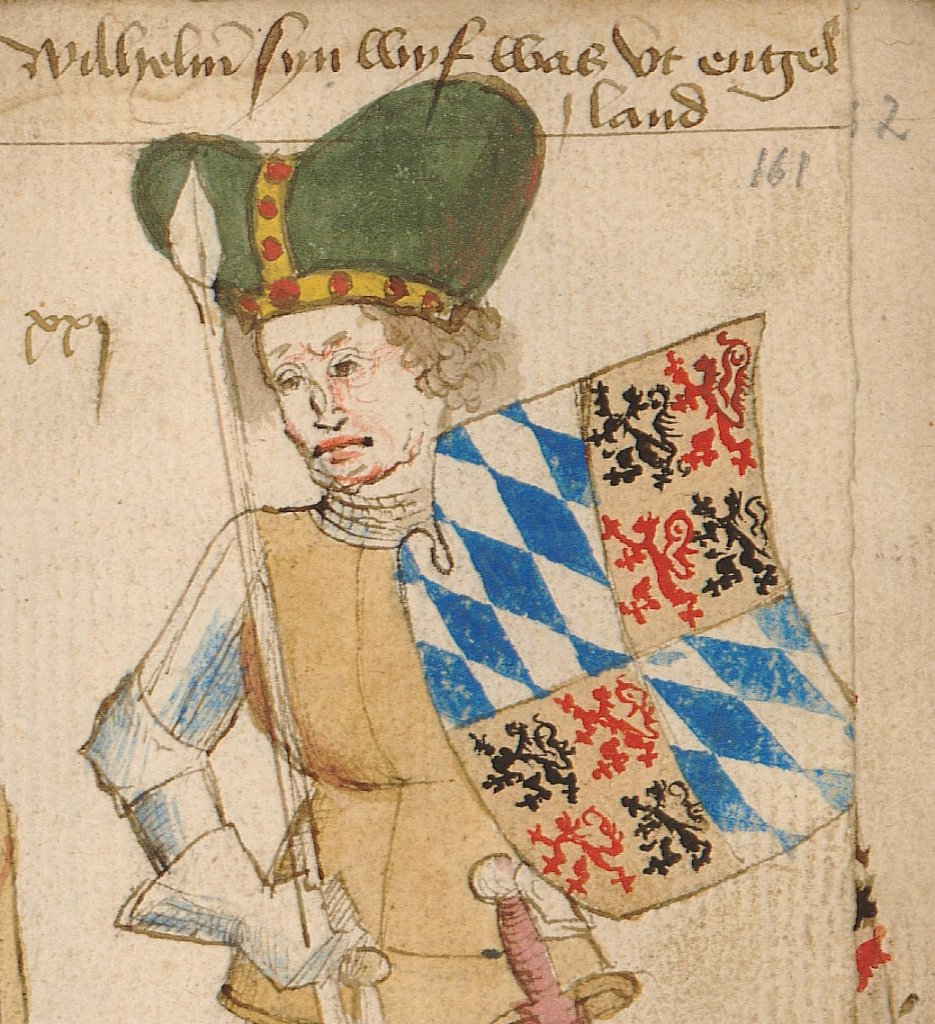
The administration, the board of the dam lords or dam masters, consisted of the sheriff of Akersloot as dike reeve and representatives of Akersloot, Uitgeest, Wormer and Graft - later also De Rijp - as heemraden. These villages had an interest in the dam, which primarily offered them protection. Therefore, they were in charge of its maintenance. The board of the dam lords existed until 1971 when it merged into a larger water board.
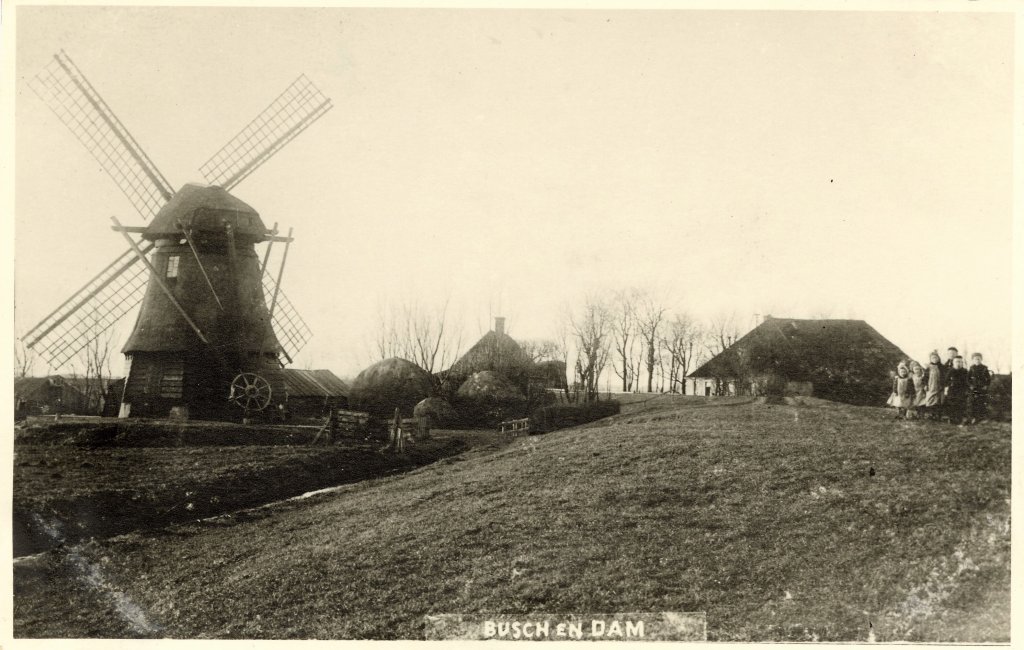
A settlement arose along the Nieuwendam, where farmers and fishermen lived. Around 1550 there were 10 to 12 houses, possibly with an inn and a chapel. Today there is only one farm left. The hamlet was probably known as Busch en Dam or Bus and Dam, as the area around the dam is still called. The name Busch is derived from the Zaanish word for forest, which was used to refer to a reed landscape that had been overgrown by trees.
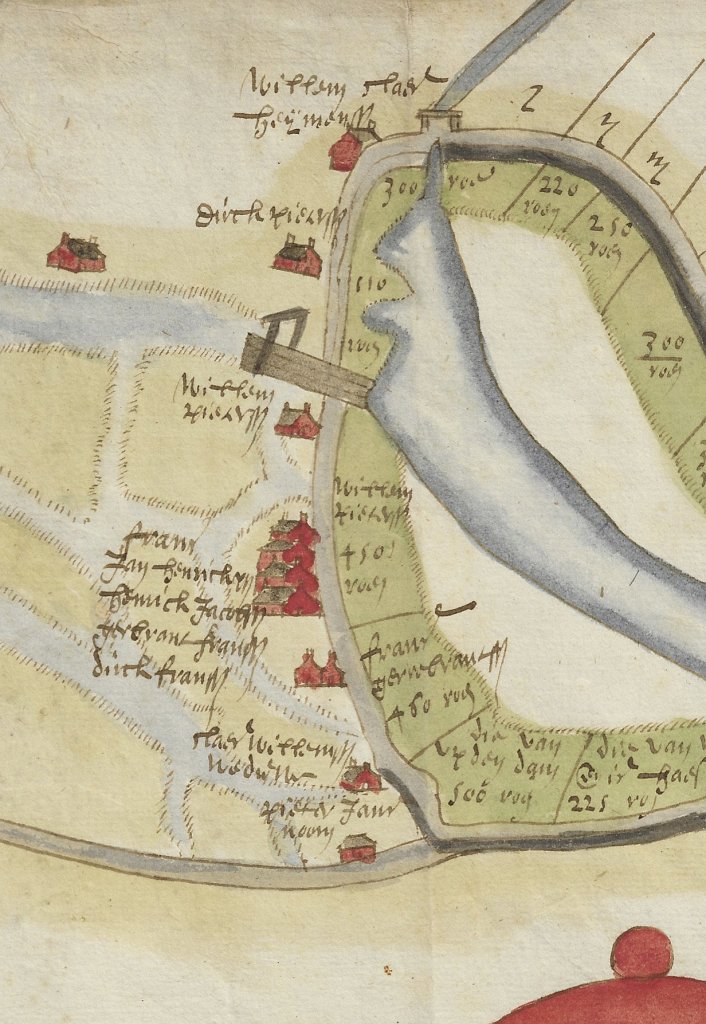
In 1544 Emperor Charles V (1500-1558), as Count of Holland, ordered the closure of the last open sea gates in the Noorderkwartier to prevent flooding and land loss. In 1546, a lock was built, but as a result, the current dropped and the Kromme IJ silted up at lightning speed. A narrow channel remained, the Kil. The lock was replaced in 1569 by a portage, over which only small ships could be pulled.

In the 17th century, locks were placed one more time in the Nieuwendam. The Heerhugowaard and the Wormermeer were drained, making the water storage or storage basin in North Holland much smaller around 1630. To compensate, the basin manager, the Hoogheemraadschap van de Uitwaterende Sluizen, required the polders to construct two sluices. One of them was also a lock for shipping traffic. But silting up remained a problem. After Uitwaterende Sluizen built a culvert lock at Nauerna in 1651 for water drainage, a lock in the Nieuwendam was unnecessary.
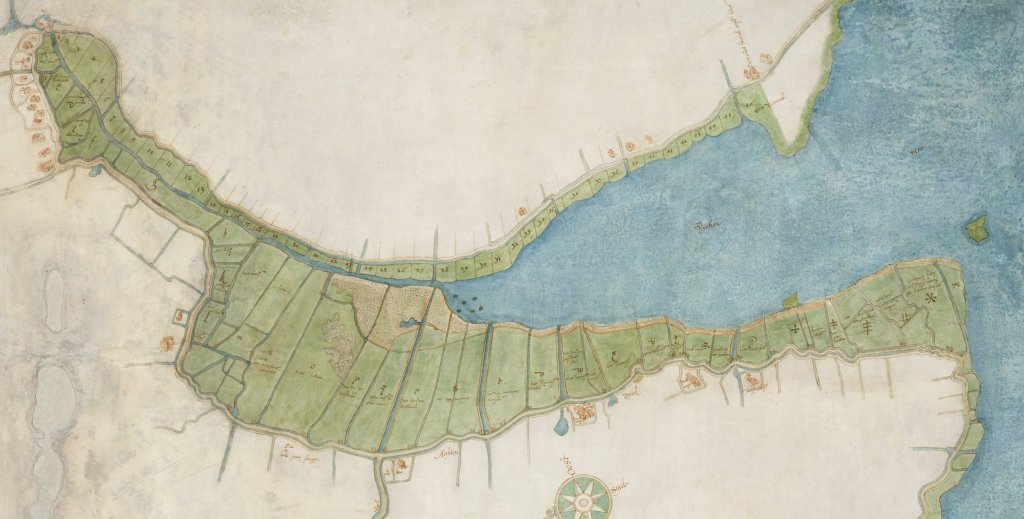
Despite the landslide, flooding was not yet out of the question. During storm surges, water pushed from the Zuiderzee into the IJ could not move and the dikes broke. In the infamous Christmas flood of 1717, which caused great damage in North Holland, the waves made large holes in the IJ dikes, two of which were near Nieuwendam. To prevent a recurrence, it was decided to dike the silted up land in front of Nieuwendam. The new polder was called Binnengedijkte Buitenlanden, Noorder Buitendijken or Honderd Morgen.
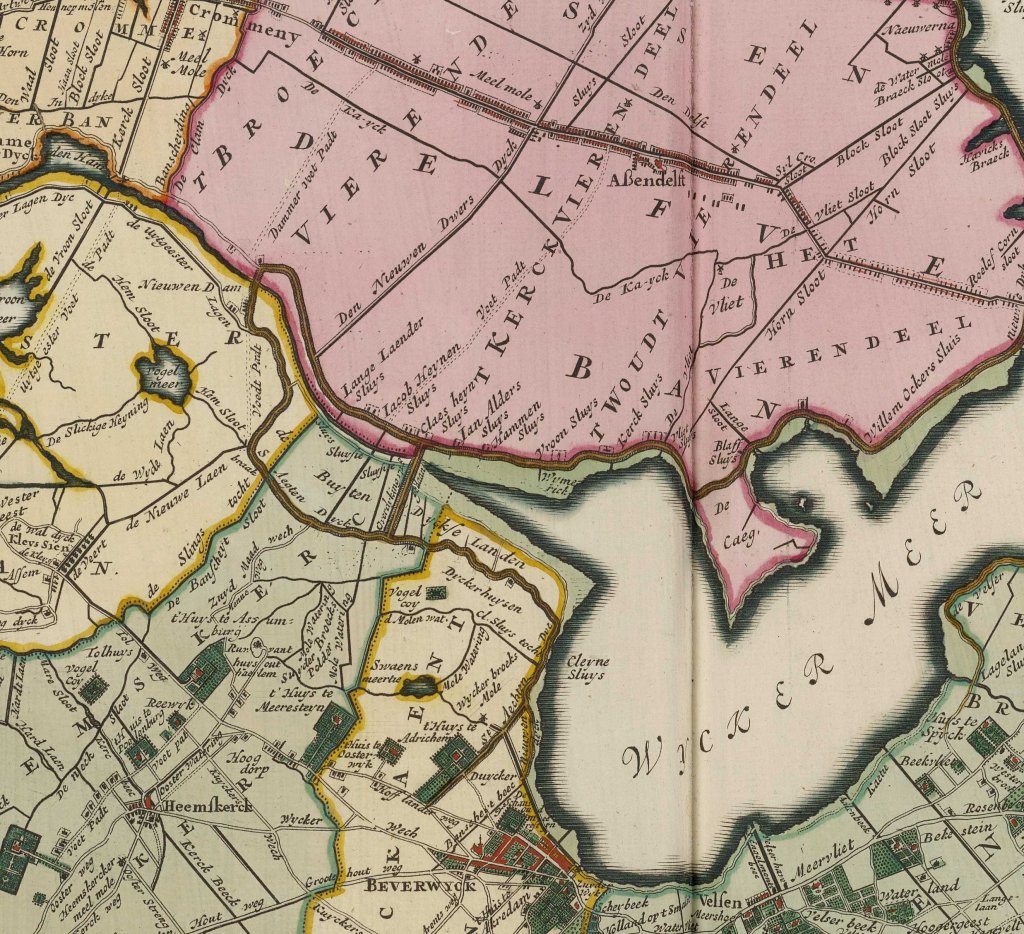
Because the polder De Noorder Buitendijken was higher than the surrounding land, farmers depended on the remnant of the Kromme IJ, now called the Ham, for fresh water. In 1731, after twelve years of wrangling, a mill was installed to grind up water from the Ham. Krommenie vehemently opposed this because much fresh water was needed for sailcloth weaving. Although the mill was called the Slof, the Krommenieans nicknamed it the Water Thief. The mill was an octagonal outer crosser equipped with a scoop wheel.
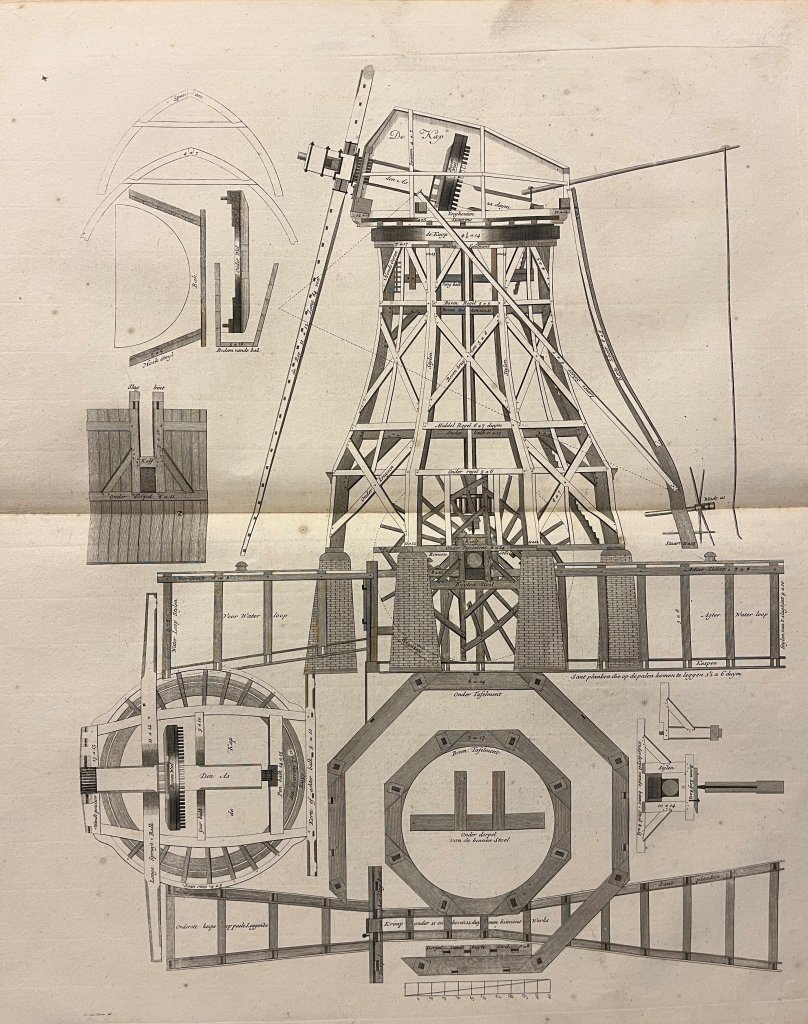
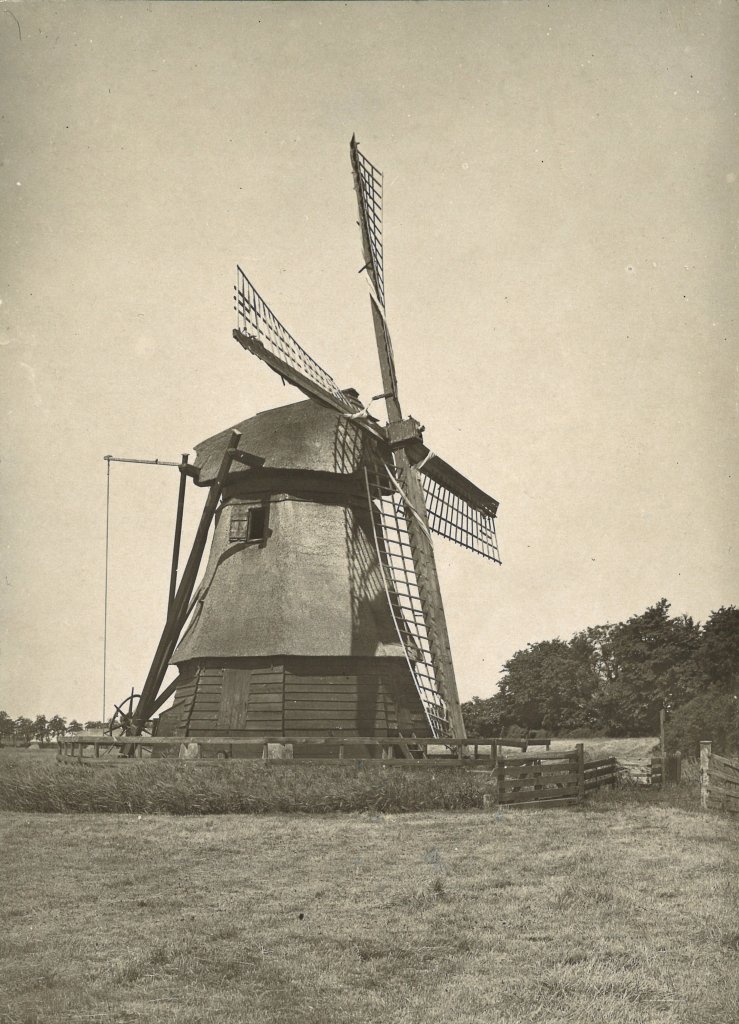
By 1900, the board of dam lords only had authority over less than an acre of land on the dam and earned a small amount of money by leasing the grass. The dilapidated mill was replaced in 1926 by an electric pumping station, also gone. Today there is a culvert through the dam. The last dike grave, the mayor of Akersloot, thought the dam could be excavated. It didn't come to that. Moreover, the Water Thief will return to its old spot: since 2021 work has been underway to rebuild the mill.
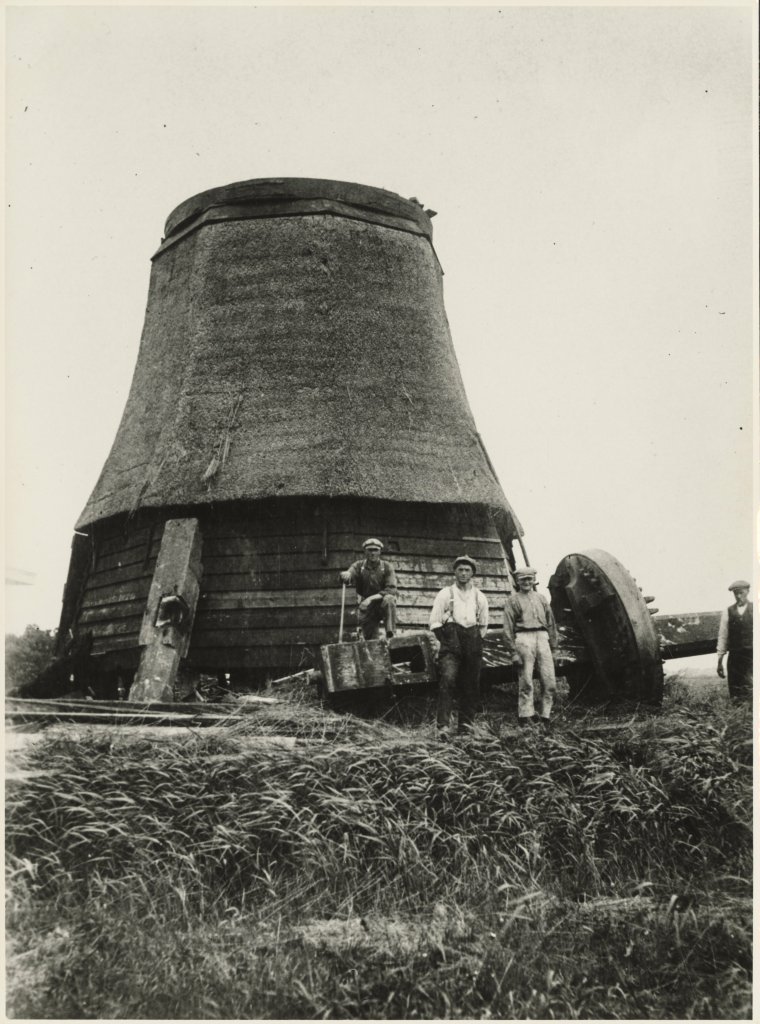
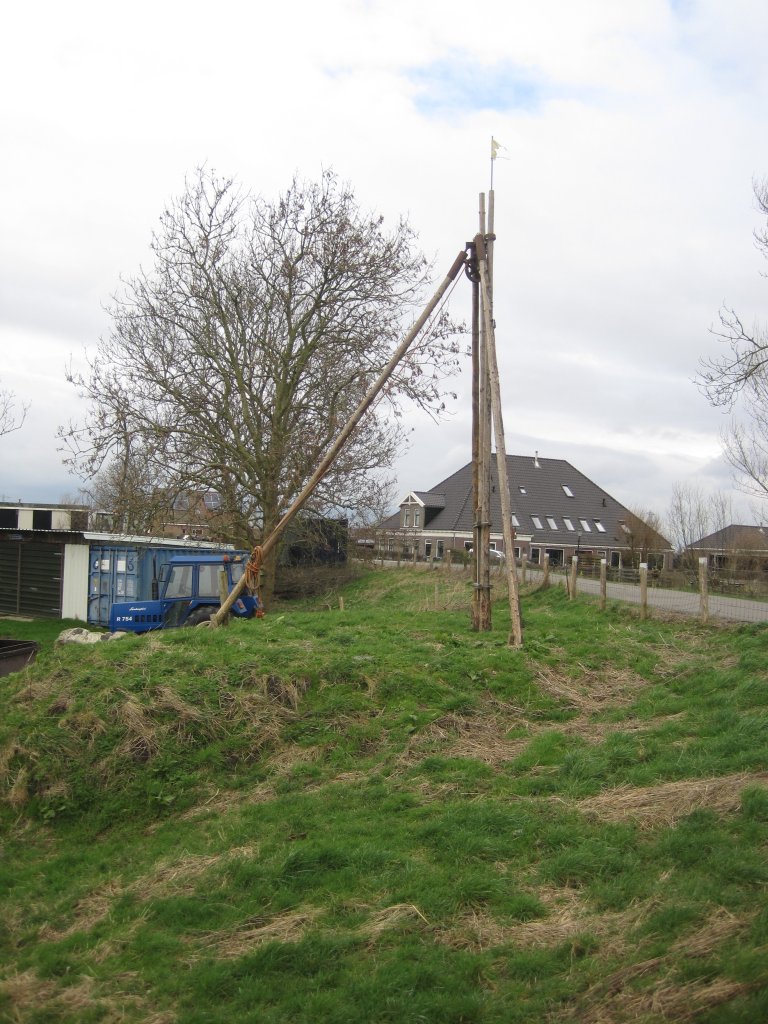
Additional
- The Nieuwendam is part of the bicycle route Crommenije and Stelling van Amsterdam (Oer-IJ).
- Another bicycle route that crosses the dam is the Jubilee Cycle Route (Low Holland).
- There are no hiking trails across the dam, but the Busch and Dam Route (Wandelnetwerk Noord-Holland) passes right by it.
- The Water Thief is being rebuilt: the mill is scheduled to have returned to its original site by 2026. This video gives an impression of the preparatory activities. For more information on the project, see: https://dewaterdief.nl/.